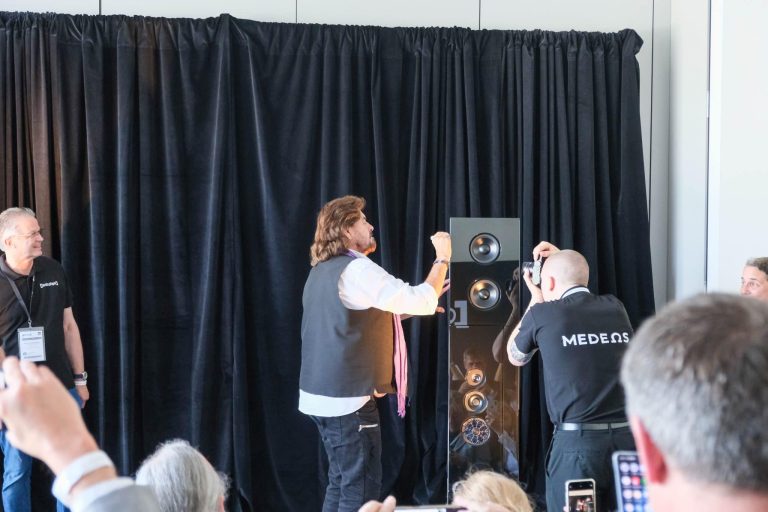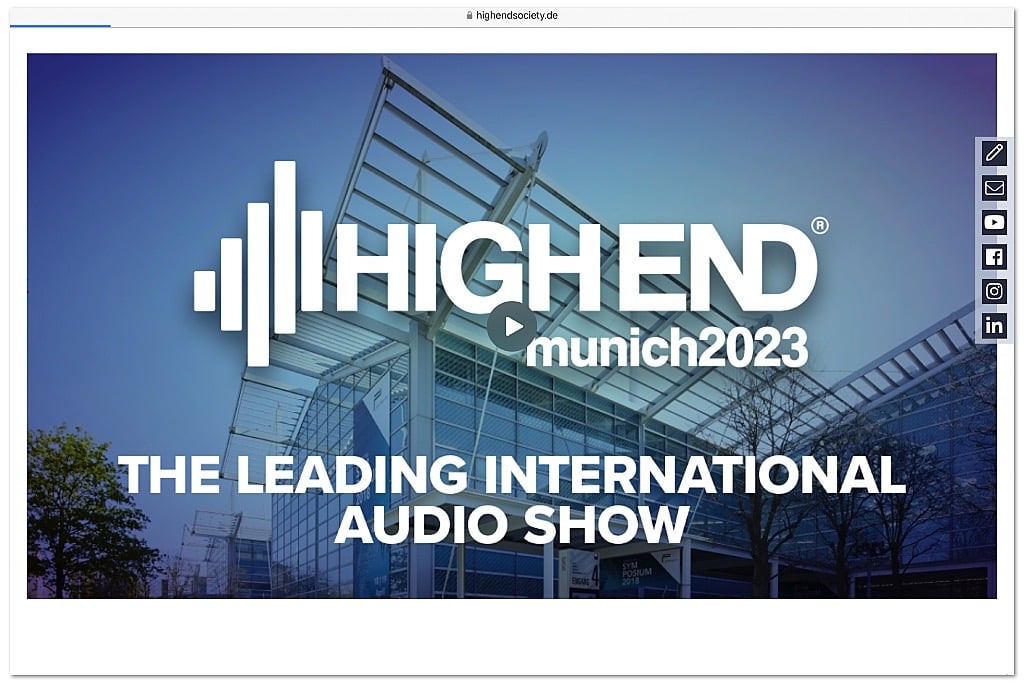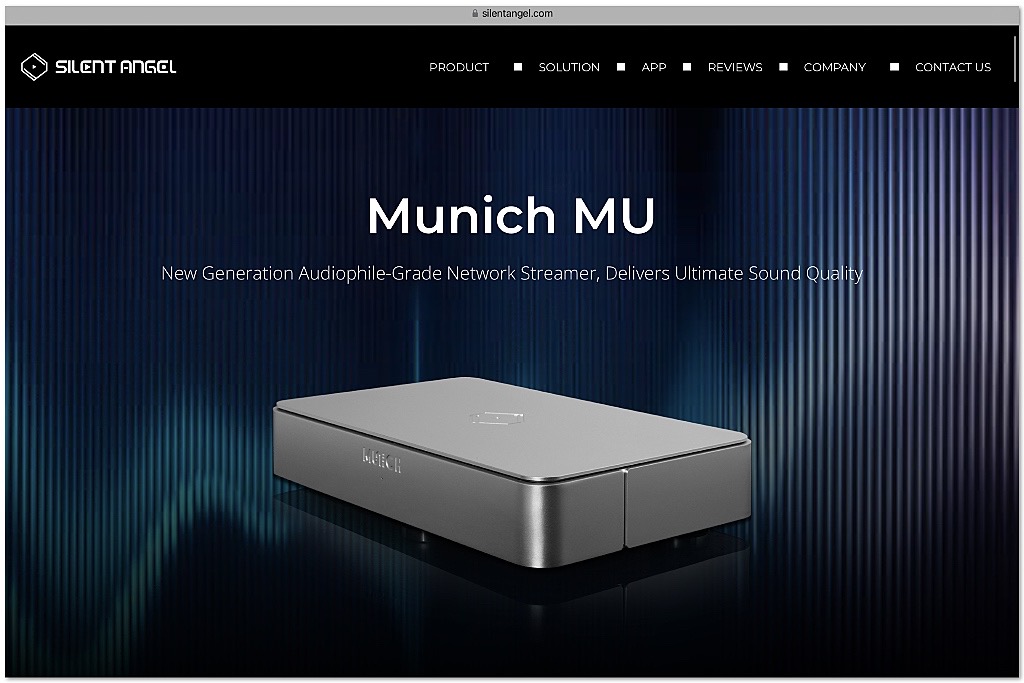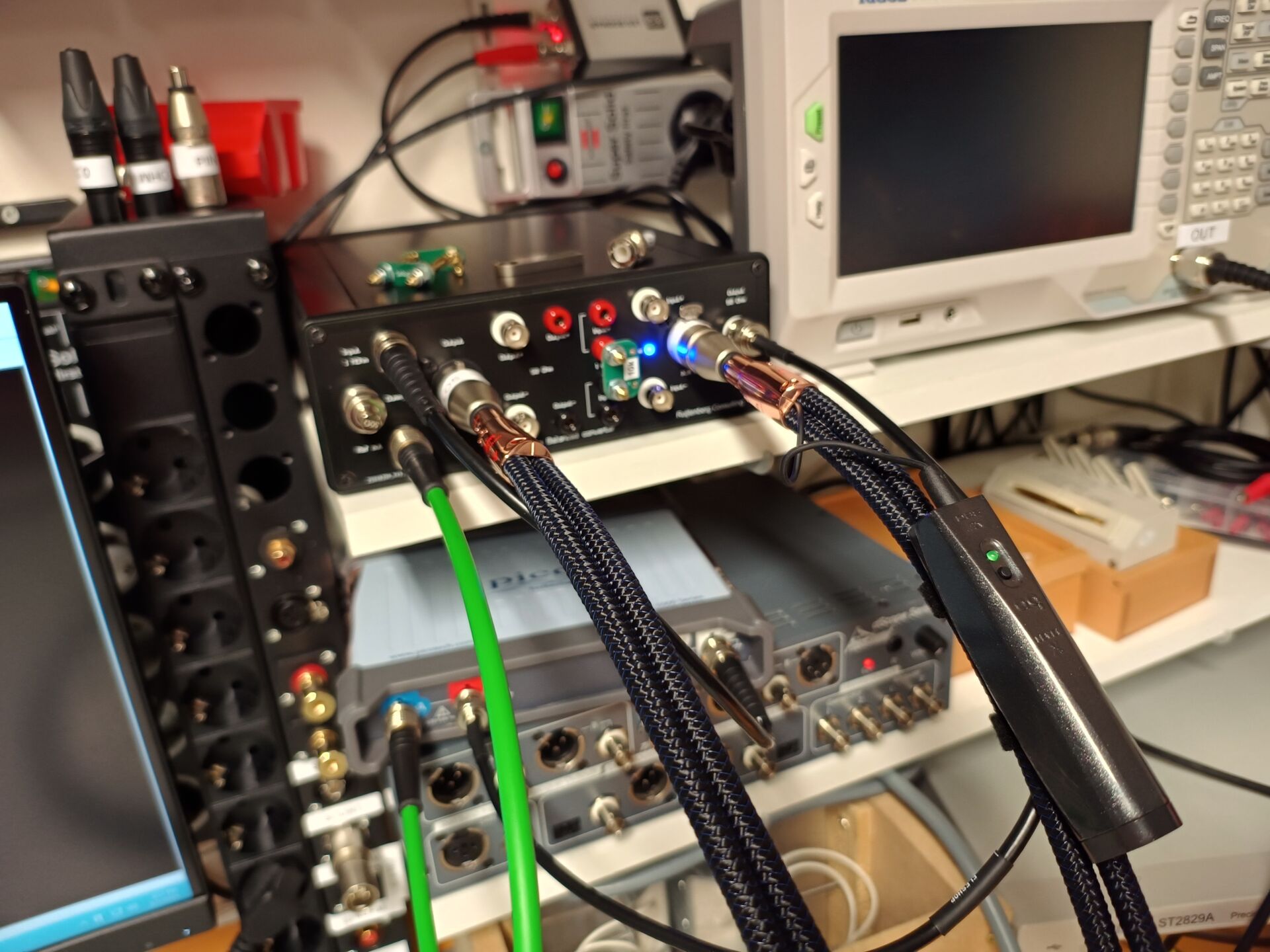

The High End Munich was grand and overwhelming: 12 immense floors with manufacturers touting their wares. One wonders whether there is a market for all these devices that compete for the attention of the trade, press and consumers.
Back home, I read a reaction on Alpha Audio, raising the question “isn’t today’s Hifi good enough as it is for 99.9% of the people, INCLUDING the hobbyists?” The impressions of a first time in Munich still fresh in mind, this question made me think. What did I actually see?
The astonishment of professionals on audio hobbyists
This year, Alan Parsons had been recruited to act as ambassador for the fair. The previous ambassador was Steven Wilson. As a teaser for the fair, a recording of a conversation between them was posted on YouTube.
This is a remarkable teaser, to say the least. Wilson and Parsons express their amazement at ‘those people’ – that is, us – who buy expensive equipment to listen to the music they make. People who are constantly looking for even more expensive and better equipment instead of focusing on the music and using what they already have. OOPS.
During the conversation, another insight unfolds: the transition from analogue to digital recordings. Wilson, the engineer who grew up with digital, wonders if analogue wasn’t better for the sound, while Parsons, the engineer who went through the transition from analogue to digital, is slightly bewildered, saying that digital is so much more practical, but that digital is still relatively young and is still improving.
Connecting past and present
The conversation boils down to the assertion that Parsons holds on to his basic skills: the essence is a great sound recording at the mixing desk. Alternatively, Wilson sometimes finds himself lost in the infinite options digital recording offers the engineer in post production, i.e. after the recording is made by the musicians in the studio.
Long story short: recombine the experiences and skills of the past and apply them to newly available techniques. Embrace the improvements of the present and don’t romanticise the drudgery of the past. A lesson that is also reflected in the trends that we saw at the High End.
Digital audio technique is becoming mature, but the ‘last mile’ is much more complex than we think. In Munich, we regularly heard music on “old” equipment or with vinyl as a source and then you often have to conclude that something has been lost somewhere in our road to digital.
Heart and head
The emotional impact of music played on ‘old’ analogue components, or on new equipment that builds on old techniques, is much more direct: it speaks more to the heart and less to the head. This is certainly not to say that old or analogue equipment is better, I am not a nostalgic. I am a streaming fanatic, my audio system has only digital sources. But it is not ‘perfect’. Our analogue versus digital livestream made a lot clear about why the differences exist. Digital versus analogue is often discussed in black and white terms, but that is simply not the case.
The digital chain still faces several challenges, but don’t forget that vinyl is not simple either. Cartridges, styluses, drives, motors, power control; it’s a complex interplay. We only have so much experience with it that we have it down to the last detail and still improvements are found! That is improvement that goes far beyond the ‘99.9% right’ and is costly.
The Eye in the Sky
Looking into the crystal ball; where do we go from here? If anything has become clear to me, it is that there is a huge market for active audio components that work wireless. Digital technology is increasingly being used to control the reproduction of music much better under all circumstances and to increase the ease of use. Application of DSP (digital signal processing) in high end is becoming the new normal and is used to achieve optimal sound, without the consumer having to do a study first in order to apply it correctly.
Digital is cool
The technology used to manufacture active speakers is mostly digital. This is for practical reasons. The temperature handling is better, the components can be smaller, leaving more room for different solutions and design that blends in the living or listening room.
Those digital components will sound more and more ‘analogue’. Engineers have learned a lot and are applying their knowledge. See our interview with Daniel Weiss, a bigwig in the digital audio world who applies the work of Purifi (Eigentakt) in his OEM products.
In the recording world, there are digital filters that simulate analogue artefacts; the digital ‘vinyl’ plugins are so good, our brain cannot hear the difference. The same applications are appearing in equipment, software upgrades of equipment with different listening profiles are becoming the norm rather than the exception. The combination of hardware and software is already common in many consumer electronic devices; audio is the area that lags behind a bit.
I, Robot
Of course, software engineers cannot program beyond the limits of hardware properties. A speaker of 1,000 Euros can never be software tweaked to sound like a 60,000 Euro flagship, but equipment that is released now increasingly has hardware on board whose functionality is determined by the software that runs on it.
Apps are used to guide the consumer through the installation process. There is still a lot of improvement to be made in this respect. Today’s technology is good enough in 99.9% of cases, but in practice it does not come out one hundred percent because the average consumer and also the stubborn hobbyist, lacks the knowledge to place the equipment correctly in their space. Or they are simply unaware of the necessity. Apps are going to help. We are only at the beginning, but it is only possible if the app can interact with the equipment, and for that the equipment has to have a digital heart.
Digital is going to help hide the complexity of the audio chain to the consumer. The quality of D/A converters and the programmability of that conversion is improving by leaps and bounds. The influence of unwanted interference on that conversion process, through leakage of ‘contamination’ into the electricity entering the device, is becoming better understood.
Time
Like Alan Parsons said, digital is a relatively young technique. We are only now entering the era of refinement trickling through. The quality of the digital experience will mostly be raised to the level of experience of analogue. That is the direction in which the infinite supply of audio equipment at the Munich High End mainly points.







